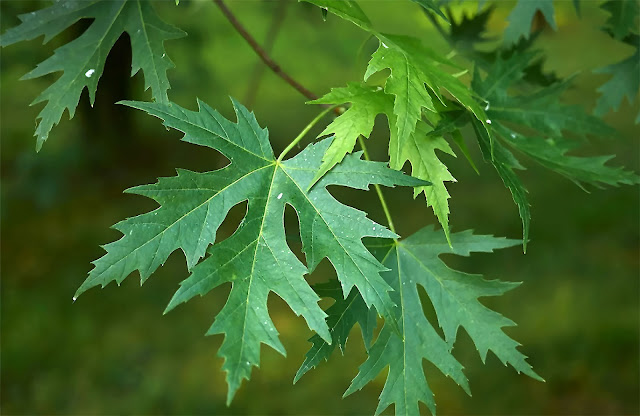Edit: You can see an updated post for similar (and more recent) work in 2024 at this link:
www.replant-environmental.blogspot.com/2024/11/tree-planting-project-in-gros-morne.html
---
This past Fall (2023), Replant.ca Environmental was able to assist with some tree planting work in Gros Morne National Park. Gros Morne is located on the west coast of Newfoundland, near Rocky Harbour. If you're trying to drive there, it's about an hour north of Corner Brook (or four hours of driving north of the ferry terminal in Port Aux Basques).
Here's a graphic (courtesy of Google Earth) showing the approximate location of our planting sites:
Gros
Morne is characterized predominantly by black spruce trees, with
pockets of balsam fir, mountain ash (dogberry), tamarack (eastern
larch), mountain maple, white birch, and some other deciduous species.
Some of Gros Morne consists of rolling hills covered with forests. Visitors will also discover exposed rock faces, bogs, ponds, and wetlands. Gros Morne unfortunately has a number of previously forested areas which were devastated by the spruce budworm several decades ago, and which have failed to re-establish. These significant gaps in the forest canopy become more apparent when flying over the Park at low altitudes.
Here are a few photos of our team in action:
The work was quite challenging. There was a lot of brush and vegetation to work through, and a lot of fallen tree trunks to walk over which were hidden in the vegetation. Also, the blocks required helicopters for access, which led to significant downtime since the helicopter often couldn't fly in Newfoundland's frequent foggy weather. However, our team loved the experience of getting to visit Newfoundland and getting some exposure to the local culture.
All in all, this project was a very rewarding experience!
You can see more photos of our 2023 tree planting work on this site by visiting our public Planting Photos folder on Dropbox. Go into the 2023 sub-folder, then go into the "Gros Morne National Park" sub-folder.
We'd especially like to thank Darroch Whitaker and the rest of the staff at Gros Morne for their hospitality and logistical support while we were on site.
Jonathan "Scooter" Clark
Replant.ca Environmental is a Canadian company that plants trees for carbon capture and builds community forests. We also plant trees in national, provincial, and municipal public parks to mitigate damage from wildfires, storms, insects, and forest diseases. We operate thanks to numerous small contributions from the general public, in addition to larger project sponsorships from NGO's, businesses, and corporations around the world. If you'd like to learn how to show your support, visit our donations page. Even if you aren't able to make a contribution, we very much appreciate when people are able to share our posts or our website link on social media, to help spread the word about the work that we're doing!
To learn more about the various species that we plant, visit the conifers page or the deciduous (hardwoods) page on our website. Thanks so much for your interest!





















































